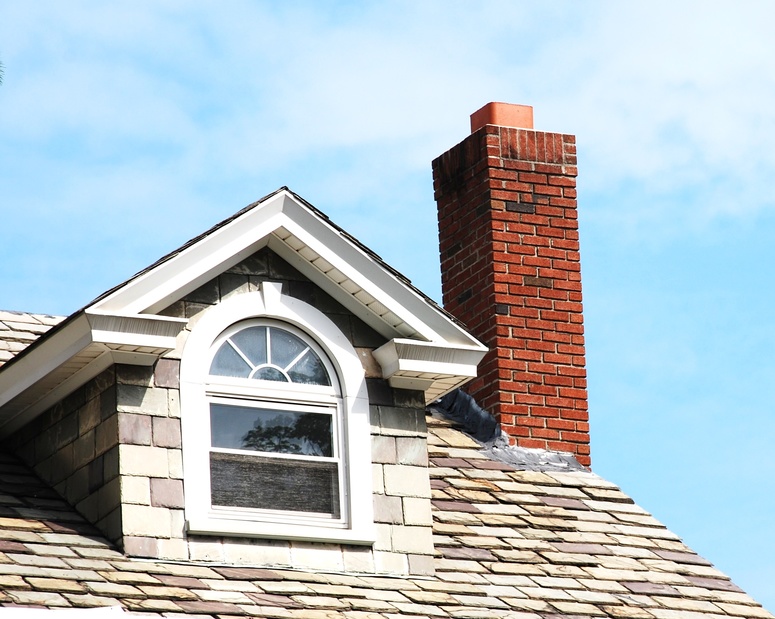Do It Yourself Chimney Maintenance San Jose: Step-by-Step Overview for Homeowners
Do It Yourself Chimney Maintenance San Jose: Step-by-Step Overview for Homeowners
Blog Article
Expert Tips for Effective Smokeshaft Upkeep You Required to Know
Smokeshafts act as crucial elements in numerous homes, providing heat and convenience. Nonetheless, guaranteeing their proper upkeep is commonly ignored till concerns develop. Understanding the intricacies of smokeshaft treatment can be the key to stop pricey repair work and protecting your home and family members. From the significance of regular evaluations to safe operational techniques, an extensive technique to chimney upkeep is important. Allow's explore professional pointers that can assist you maintain your chimney in ideal condition for years ahead.
Relevance of Routine Examinations
Regular examinations of smokeshafts are important for guaranteeing their security and capability. Smokeshafts play an essential function in airing vent out unsafe gases and keeping appropriate air flow in a home. Gradually, creosote accumulation, particles, and architectural damage can occur within the chimney, posturing major risks such as smokeshaft fires or carbon monoxide leakages.
During a smokeshaft evaluation, trained professionals assess the problem of the chimney, trying to find any kind of indications of damage, obstructions, or wear and tear. They also check the integrity of the flue, smokeshaft liner, and smokeshaft cap to ensure everything remains in appropriate functioning order. By identifying and attending to concerns early on, possible hazards or costly fixings can be avoided.
Regular assessments not just assist in maintaining the security of the smokeshaft yet likewise add to its total efficiency. A clean and properly maintained chimney operates better, making certain proper ventilation and decreasing the danger of indoor air contamination. As a result, scheduling yearly chimney inspections is a proactive measure that homeowners can take to shield their building and loved ones.
Cleansing Strategies and Regularity
Keeping the safety and security and effectiveness of a smokeshaft involves not only regular evaluations but additionally implementing ideal cleansing techniques and figuring out the optimal frequency for cleansing. Chimneys must be cleaned up by a specialist chimney sweeper a minimum of yearly, also if they are not regularly used. If the smokeshaft is used regularly, specifically with wood-burning stoves or fire places, it may require even more regular cleanings to avoid the buildup of creosote, a very combustible substance that can lead to smokeshaft fires.
The cleaning procedure commonly entails removing creosote, residue, and debris from the chimney flue, smoke chamber, and firebox. Expert chimney sweeper use specialized devices, vacuum cleaners, and brushes to ensure complete cleansing without producing a mess in the home. Additionally, they examine the chimney's structure for any indications of damage or put on that may require fixings. Property owners should never ever neglect chimney cleaning, as it is vital for keeping a practical and risk-free smokeshaft system - Chimney Maintenance San Jose. Regular cleansings not just reduce the risk of smokeshaft fires however also improve the smokeshaft's overall efficiency and durability.
Addressing Chimney Leaks

When attending to smokeshaft leaks, comprehensive inspection and punctual fixings are critical to protect against water damages and preserve the structural integrity of the chimney. Leakages in a chimney can lead to significant issues such as mold growth, wear and tear of the smokeshaft structure, and also possible fire risks. To efficiently attend to smokeshaft leaks, beginning by checking the smokeshaft cap, crown, flashing, and stonework for any kind of indicators of More hints damages or wear.
Recognizing Creosote Accumulation
To recognize the prospective threats of creosote build-up in chimneys, it is necessary to recognize its formation process and influence on smokeshaft performance. Creosote is a black or brownish tar-like substance that collects inside smokeshaft systems when wood or nonrenewable fuel sources are burned. As smoke climbs with the smokeshaft, it cools and condenses, leading to the formation of creosote, which sticks to the chimney wall surfaces.

Regular smokeshaft inspections and cleanings by a professional chimney move are important in protecting against creosote accumulation and guaranteeing the safe procedure of your smokeshaft system.
Safe Procedure Practices
Carrying out appropriate safety and security protocols is important for the reliable and safe and secure operation of chimney systems. Constantly make sure that the chimney is skillfully inspected and cleansed on a regular basis to remove any creosote buildup, which can lead to chimney fires.
In addition, make sure to just melt experienced wood in your fire place, as green or damp timber can produce even more creosote and create harmful smokeshaft clogs. Never ever leave a fire ignored and always make sure the fire is entirely extinguished before going to bed or leaving the house. By following these safe operation practices, you can appreciate a relaxing and warm next fire while ensuring the safety and security of your home and liked ones.
Verdict
In final thought, maintaining your smokeshaft is important for guaranteeing its security and efficiency. Regular inspections, proper cleansing methods, dealing with leaks, taking care of creosote build-up, and following risk-free operation methods are essential elements of chimney maintenance.
Over time, creosote buildup, debris, and structural damages can occur within the chimney, posturing significant dangers such as chimney fires or carbon monoxide leakages.
If the smokeshaft is utilized on a regular basis, especially with wood-burning stoves or fireplaces, it may need even next more constant cleanings to prevent the accumulation of creosote, a highly flammable compound that can lead to smokeshaft fires. (Chimney Maintenance San Jose)
To recognize the prospective threats of creosote accumulation in smokeshafts, it is necessary to acknowledge its development procedure and impact on smokeshaft efficiency. As smoke increases through the chimney, it cools down and condenses, leading to the formation of creosote, which sticks to the smokeshaft walls.
Constantly make certain that the chimney is skillfully inspected and cleaned up regularly to get rid of any type of creosote accumulation, which can lead to chimney fires.
Report this page